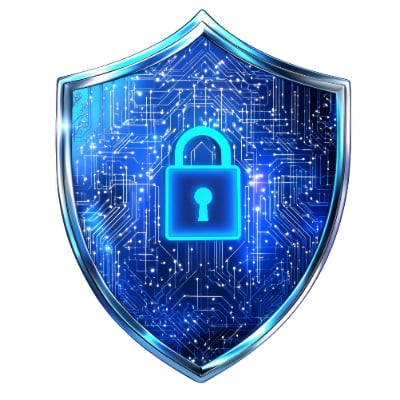A 3-Step Process for Reducing Your Business’ Threat Surface Area

With so many devices now connecting to the Internet, decreasing your business’ threat surface area is more important than ever. Your threat surface area consists of any device that connects to your organization’s IT infrastructure, and if you’re not careful or forget a couple of oddball wearables, you could be looking at a data breach. Today, we want to go over how you can prevent that from happening.
Understanding the Attack Vectors
If you want to reduce your threat surface area, you first have to understand why and how cyberattacks take place and what makes up your threat surface area.
Your threat surface area includes all of the places where an unauthorized party might gain access to your systems or data. This includes outdated software, unpatched systems, open networks, human vulnerabilities, and the sheer number of devices that your company owns. For example, an old operating system with a known vulnerability contributes to your threat surface area, but so too does an employee’s mobile device that they use to check their email while out of the office.
Once you have a clear grasp on the many weaknesses, you can take measures to address them.
Essential Security Measures
With the help of practical security measures, you can shrink your threat surface and make it less likely you’ll experience potential security issues.
First, you’ll want to address any issues with outdated operating systems and software, as those are clearly one of the biggest threats to your company’s security. Once they have been addressed, consider strong access control measures to ensure no one—and I mean no one—has access to data they don’t need to do their jobs. Finally, implement powerful multi-factor authentication methods that require your employees to provide a second form of identity verification. You can also consider network segmentation, which isolates parts of your infrastructure, allowing breaches to be more easily contained and less able to spread.
If you’re really hardcore, you can implement zero-trust policies for your network, which essentially ask users to authenticate themselves any time they access a new piece of data or a new part of your network, practically guaranteeing security.
The Employee Element
Each and every employee you have contributes to your organization’s threat surface area.
Think about it—each of your employees has several devices they use, and each of those employees accesses data every single day. There are countless opportunities for phishing attacks, poor password practices, or straight-up negligence to create opportunities for a security breach. Cybersecurity awareness training can make a big difference, as it teaches your team how to identify potential threats, manage data responsibly, and most important of all, how to react to threats (i.e. report them to IT).
Cybersecurity training should be an ongoing process, too, and you should regularly test employees to keep them on their toes.
Interested in reducing your own threat surface area? White Mountain IT Services can help. Call us today at (603) 889-0800 for a consultation.

